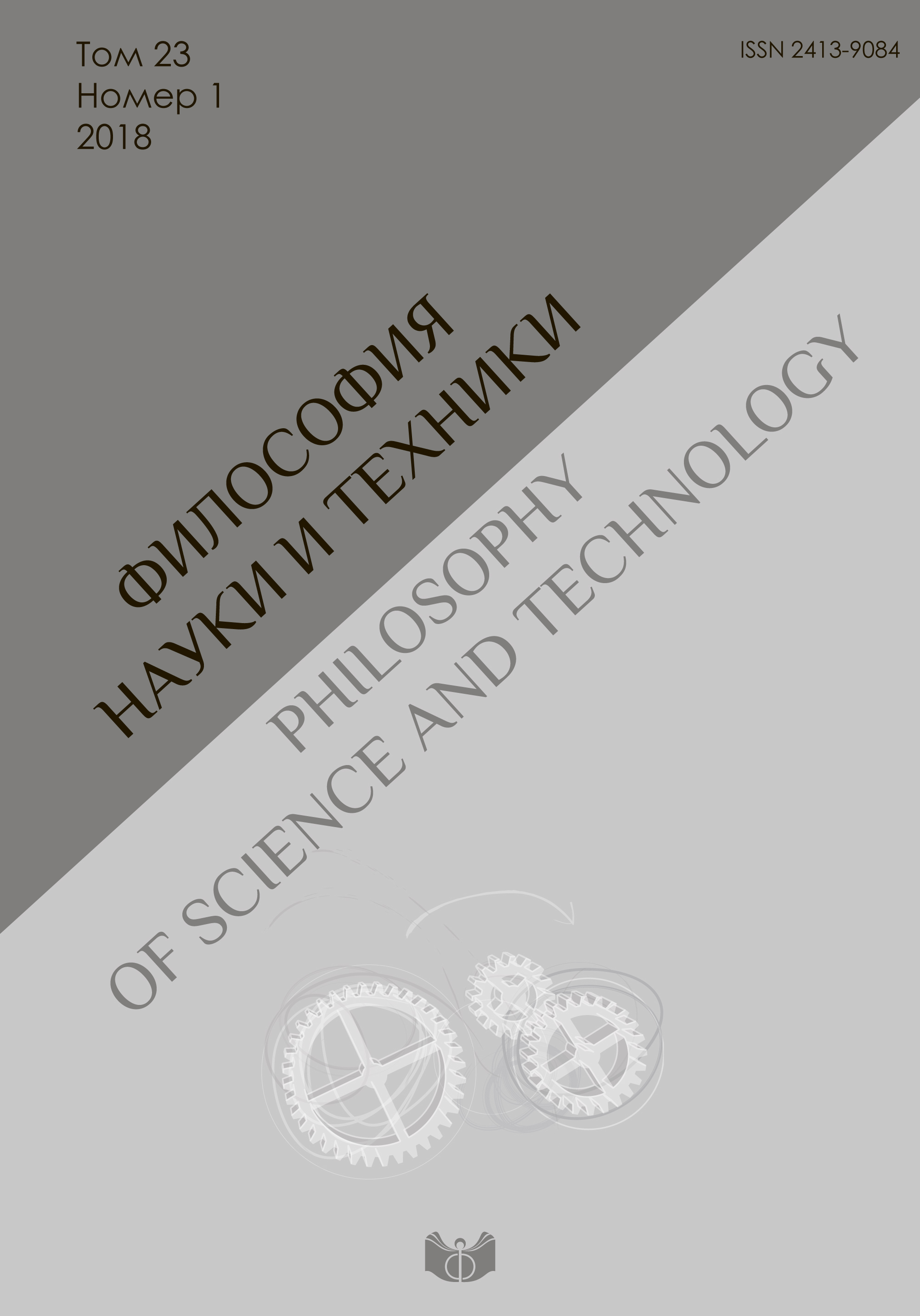The genesis of general relativity: efficacious unification of theoretical schemes of Abraham, Nordstrom and Einstein
Keywords:
Einstein, Abraham, Nordström, general relativity, nonmetric theories, hybrid modelsAbstract
The aim of the paper is to amend the received view on the general relativity (GR) genesis by taking into account some recently discussed history of science data. It is contended that the relations between the GR and its ingenious rivals were far more complicated in 1907–1915 than it may seem from the pestered “truth-falsity” dilemma, so that one can contemplate the interlacement and interpenetration of rival “paradigms” into each other. The genesis of GR as an instance of an epistemological model of mature theory change that hinges upon ‘old’ theories encounter and interaction is elucidated. The epistemological model fits some achievements of current philosophy and history of science and deals with mature theory dynamics and structure. The model asserts that the history of physics does not advance through the creation ex nihilo of new paradigms, but rather through long-term processes of reconciliation, interpenetration and intertwinement of “old” research traditions. I strengthen arguments in favour of the tenet that the dynamic creation of the GR had been continually governed by internal tensions between two research traditions, that of special relativity andNewton’s gravity. The encounter of the traditions, their deep interpenetration and fanciful intertwinement entailed construction of the hybrid domain at first with an irregular set of theoretical models. The invention of relativistic theory of gravity had commenced with the crossbred object construction in Einstein’s 1907 paper, i. e. with the implantation of mass-energy relation into the theory of gravity. The crossbred object entry – the introduction of inertial and simultaneously gravitational mass – led to a penetration of SR methods into Newtonian theory of gravity and to a reverse penetration of Newtonian gravity methods into the SR. As a result, the both theories were radically rebuilt from within and the corresponding changes in both of them were set up. The changes were epitomized in the peculiar sequences of crossbred models, the byproducts of the transformation performed. Step by step, on eliminating the contradictions between the models contrived, the hybrid set was put into order. It is maintained that one of the reasons for the GR victory over the rival programmes of Abraham and Nordström was a synthetic character of Einstein’s programme. As a result of reconciling and amalgamating the “physical” and “mathematical” approaches, embodied in Abraham, Einstein and Nordström’s crossbred theoretical models , Einstein was able to explain at last the anomalous motion of Mercury. Einstein’s programme did supersede the rival ones because it did deftly assimilate sober premises of the Nordström programme as well as judicious presuppositions of the programme of Abraham. In particular, Einsteinian programme’s convincing victory over its rivals became possible since Einstein had put forward as a basic synthetic principle the Principle of Equivalence.











